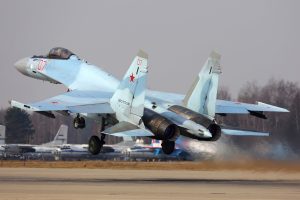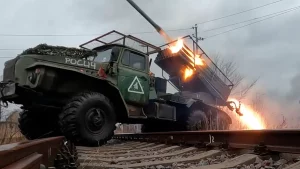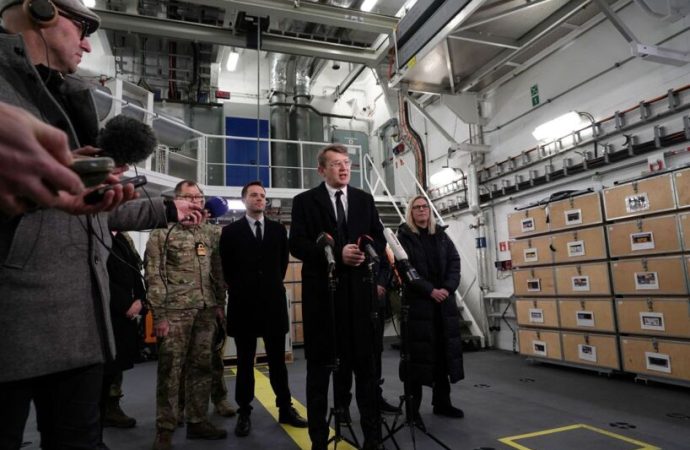Introduction A stark warning from Denmark has sent ripples through the international community, as the nation anticipates the possibility of a Russian attack on a NATO member within the next 3 to 5 years. In this article, we delve into the implications for NATO’s security posture, examine diplomatic responses, and Russia NATO potential attack underscore
Introduction
A stark warning from Denmark has sent ripples through the international community, as the nation anticipates the possibility of a Russian attack on a NATO member within the next 3 to 5 years. In this article, we delve into the implications for NATO’s security posture, examine diplomatic responses, and Russia NATO potential attack underscore the urgent need for alliance solidarity in the face of evolving geopolitical threats.
Denmark’s Warning: Unpacking the Concerns

This image is taken from google.com
1. Geopolitical Context
Denmark’s warning comes against the backdrop of heightened tensions between NATO and Russia. The nation’s assessment underscores a growing unease about potential aggressive actions from Russia within the foreseeable future.
2. NATO’s Security Posture
The potential for a Russian incursion prompts a reassessment of NATO’s security posture. Member states may need to recalibrate defense strategies and readiness levels to address evolving threats to the alliance.
Dr. Helena Jensen’s Analysis
To provide expert analysis on this concerning development, we consulted Dr. Helena Jensen, an accomplished International Relations expert. Dr. Jensen shares her insights:
“Denmark’s warning highlights the need for NATO to stay vigilant and adapt to a shifting security landscape. The alliance must work cohesively to deter potential aggressors and reinforce its commitment to collective defense.”
Implications for NATO

This image is taken from google.com
1. Collective Defense Measures
The prospect of a Russian attack places collective defense measures at the forefront of NATO’s agenda. Member states may intensify efforts to enhance interoperability, intelligence sharing, and rapid response capabilities.
2. Diplomatic Responses
The warning necessitates diplomatic responses from NATO member states. Robust dialogue, diplomatic channels, and engagement with Russia become crucial in preventing the escalation of tensions and maintaining regional stability.
Visualizing the Urgency
Informative Table: Key Elements in NATO’s Response Plan
| Element | Description |
|---|---|
| Military Readiness | Enhancement of NATO’s military readiness and response capabilities |
| Intelligence Cooperation | Strengthening intelligence sharing mechanisms among NATO members |
| Diplomatic Channels | Intensive diplomatic engagement with Russia to address security concerns |
| Alliance Solidarity | Reinforcing the commitment to collective defense and alliance solidarity |
Urgent Need for Alliance Solidarity
The warning from Denmark serves as a clarion call for NATO member states to unite in the face of potential threats. Alliance solidarity, swift responses, and a cohesive approach are imperative to maintain stability and deter any potential aggression. As NATO navigates this delicate geopolitical landscape, the global community watches closely, recognizing the importance of collaborative efforts in securing international peace and security.
















